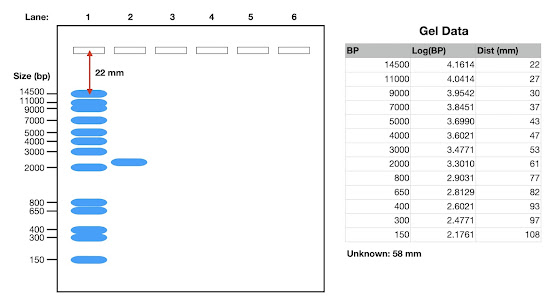In this video, I discuss embryonic development, a fascinating journey that can be studied in detail using the African clawed frog (Xenopus laevis) as a model organism.
The frog oocyte (egg) is asymmetrical, with a pigmented upper half (animal pole) and a white lower half (vegetal pole), which contains most of the yolk. Development occurs outside the body of the frog and this makes it ideal for studying development.
The video covers fertilisation and the 30-degree rotation of the oocyte's cortex to form the "grey crescent" that determines the future dorsal side (back) of the embryo. This rotation begins the transformation into a three-dimensional body plan with three lines of asymmetry: left-right, anterior-posterior (top-bottom), and dorsal-ventral (back-front).
The video also looks at the formation of the blastula, a hollow ball of about 4,000 cells. The subsequent gastrulation process establishes three germ layers:
- Mesoderm: Forms muscles, bones, and cartilage.
- Ectoderm: Develops into nerve tissue and the epidermis.
- Endoderm: Creates the gut lining and related structures.
The localisation of key messenger RNAs like VegT and Wnt11 and the mapping studies which determined the fate of cells in the mature frog.
If you would like to support my blogging efforts, then please feel free to buy me a coffee at https://www.buymeacoffee.com/drnickm
Additional Reading
The video was produced with help from the following resources:
- 📗 - The Biosciences Glossary
- 📗 - Molecular Biology of the Cell (Alberts) - (affiliate link)
- 📗 - Molecular Cell Biology (Lodish) - (affiliate link)
- 📗 - Biochemistry (Stryer) - (affiliate link)


